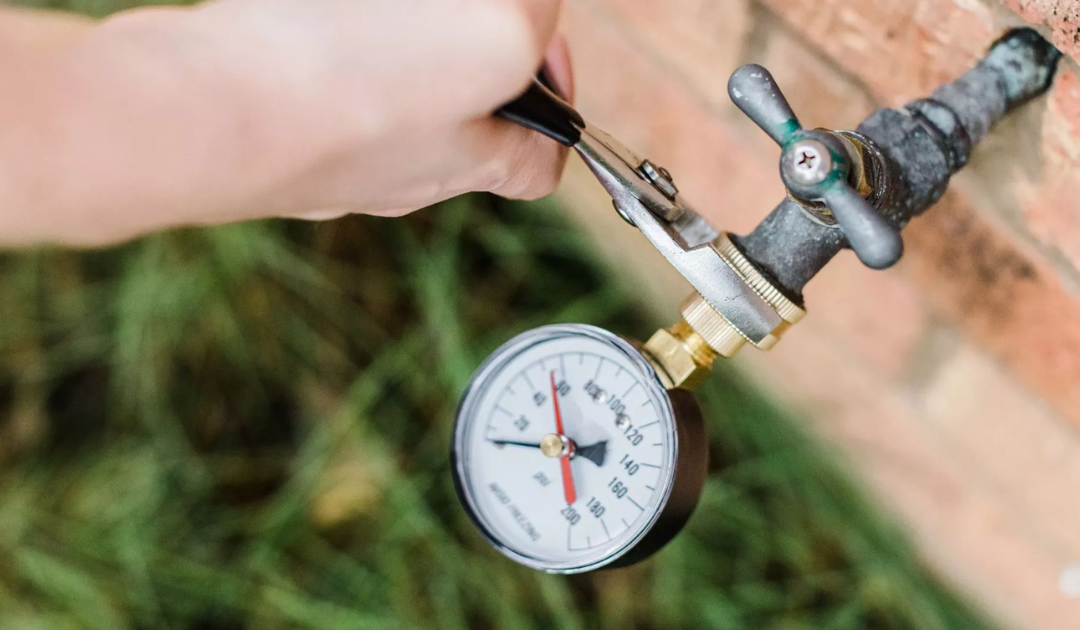Useful Fixes for Dealing with Low Water Pressure in Your Home
Useful Fixes for Dealing with Low Water Pressure in Your Home
Blog Article
What're your ideas regarding 10 Reasons for Low Water Pressure in Your House?

Low tide pressure in your home can be an irritating problem, impacting every little thing from showering to cleaning dishes. If you're experiencing weak water circulation, there are numerous feasible causes and remedies to explore. In this guide, we'll go over common reasons for low water pressure and functional actions to resolve the concern effectively.
Introduction to Low Water Pressure
Low tide stress takes place when the flow of water from your taps, showers, and other components is weak than typical. This can make day-to-day tasks extra difficult and less efficient. Recognizing the root causes of low water pressure is essential to discovering the best option.
Typical Root Causes Of Low Tide Pressure
Faulty Stress Regulators
Stress regulators are accountable for maintaining consistent water pressure in your house. If they malfunction, it can result in low water pressure or unequal flow throughout your house.
Metropolitan Water Issues
In some cases, the issue lies outside your home. Municipal water concerns, such as main line leaks or maintenance job, can briefly reduce water stress in your location.
Pipe Obstructions
Gradually, pipes can come to be obstructed with mineral deposits, sediment, or particles, restricting the flow of water. This is an usual concern in older homes with galvanized steel pipes.
Corrosion
Corrosion within pipelines can lead to leaks and decreased water pressure. Rust accumulation can constrict water flow, especially in aging plumbing systems.
Just How to Identify Low Water Stress
Checking Pipelines
Evaluate noticeable pipelines for indications of leaks, rust, or obstructions. Take notice of any kind of unusual sounds, such as banging or rattling pipelines, which could suggest problems within the plumbing system.
Consulting with a Plumber
If you're unable to identify the reason for low tide stress, think about working with a specialist plumber to carry out a comprehensive evaluation. They can recognize underlying issues and suggest proper remedies.
Inspecting Faucets and Components
Beginning by examining the water pressure at various taps and fixtures throughout your home. If the problem is separated to specific areas, it might indicate localized problems.
Do It Yourself Solutions to Deal With Low Tide Stress
Flushing Water Heater
Sediment buildup in the water heater can restrict flow and reduce effectiveness. Purging the storage tank occasionally assists remove debris and maintain ideal efficiency.
Examining Pressure Regulator
Guarantee that the stress regulatory authority is functioning correctly. Readjusting or replacing the regulatory authority can assist restore correct water stress throughout your home.
Cleaning Aerators and Showerheads
Natural resources can build up in aerators and showerheads, decreasing water circulation. Remove and clean up these parts consistently to boost water stress.
Clearing Up Clogs in Pipeline
For small clogs, attempt using a plumbing snake or chemical drain cleaner to clear obstructions in pipelines. Be cautious when making use of chemicals and comply with safety and security guidelines.
When to Call an Expert Plumber
If do it yourself efforts fall short to deal with the concern or if you think considerable plumbing troubles, it's finest to look for help from a qualified plumber. They have the knowledge and devices to deal with complex concerns securely and successfully.
Safety Nets to Maintain Water Stress
Installing a Stress Booster
Think about installing a stress booster pump to enhance water stress in locations with continually reduced circulation. This can be especially advantageous for multi-story homes or buildings with high-demand fixtures.
Tracking Water Usage
Bear in mind water use behaviors and avoid ill-using the plumbing system. Simple changes, such as incredible showers and washing lots, can aid keep adequate water pressure.
Routine Upkeep
Arrange regular upkeep for your plumbing system to avoid concerns such as deterioration, leakages, and blockages. Attending to small issues early can assist prevent even more significant fixings in the future.
Final thought
Dealing with low water pressure can be frustrating, yet recognizing the underlying reasons and applying ideal remedies can recover optimum circulation throughout your home. Whether it's cleansing aerators, evaluating pipelines, or seeking advice from a plumber, taking aggressive actions can guarantee a stable supply of water for your daily demands.
FOUR WAYS TO FIX LOW WATER PRESSURE NOW
Turning on a shower or faucet only to find the water comes out in a sad, slow drizzle is never a good feeling. How exactly are you supposed to wash a pan or take a quick shower when it takes 10 minutes just to rinse off a little soap? The good news is that when your water pressure is bad, there's always a cause: typically one that can be easily fixed. Here are some of the most common causes of low pressure and what you can do to fix the issue:
DEBRIS AND MINERAL DEPOSIT BUILDUPS
If you notice low water pressure from just one or two of the fixtures in your house, the problem likely has to do with debris buildup. Water is full of minerals and other debris, all of which can accumulate in your pipes and on your fixtures. This can cause a blockage that affects how much water flows through. To fix this, try filling a small plastic bag with white vinegar, and use a rubber band to hang it around your showerhead or faucet. Let the head of the fixture soak for a few hours, and the vinegar should loosen the deposits.
WATER LEAKS
Leaks are another common cause of low water pressure. If water is flowing out of your plumbing through a hole or crack before it can reach your fixture, the pressure coming out of the faucet or showerhead will be lower. A plumbing professional is your best bet for finding and repairing a leak in your water supply pipes.
Leaks are another common cause of low water pressure. If water is flowing out of your plumbing through a hole or crack before it can reach your fixture, the pressure coming out of the faucet or showerhead will be lower. A plumbing professional is your best bet for finding and repairing a leak in your water supply pipes.
A VALVE ISSUE
If you have low water pressure throughout your home, check your main shut-off valve to make sure it's completely open. You may also want to see if there's a pressure-reducing valve installed. If there is, have a plumber help you adjust the settings to get the pressure you're looking for.
OTHERS USING WATER
Believe it or not, your low water pressure could be caused by your neighbors. If you notice low pressure at certain times of day, it may be because you and the people living next to you have similar schedules - when everyone is showering at the same time, the pressure will be lower in every home. Low pressure throughout the neighborhood may also be caused by an issue with your municipal water supply. If that's the case, call the supplier to see if they're working on the issue.
https://www.rotorooter.com/blog/water-leaking/low-water-pressure-fixes/

I stumbled upon that piece on 9 Reasons for Low Water Pressure in Your House while browsing on the internet. Do you know about another individual who is fascinated with the subject? Be sure share it. Thanks so much for taking the time to read it.
Schedule Today! Report this page